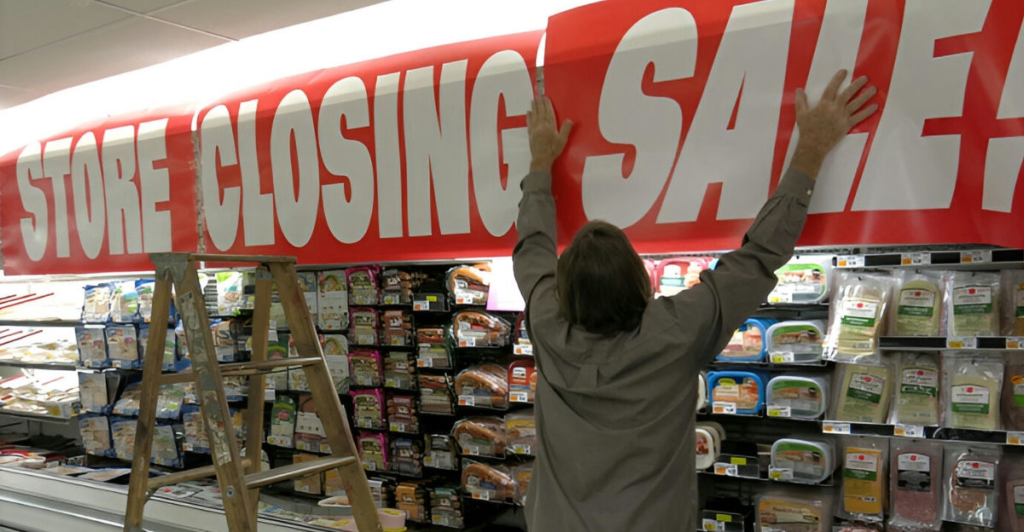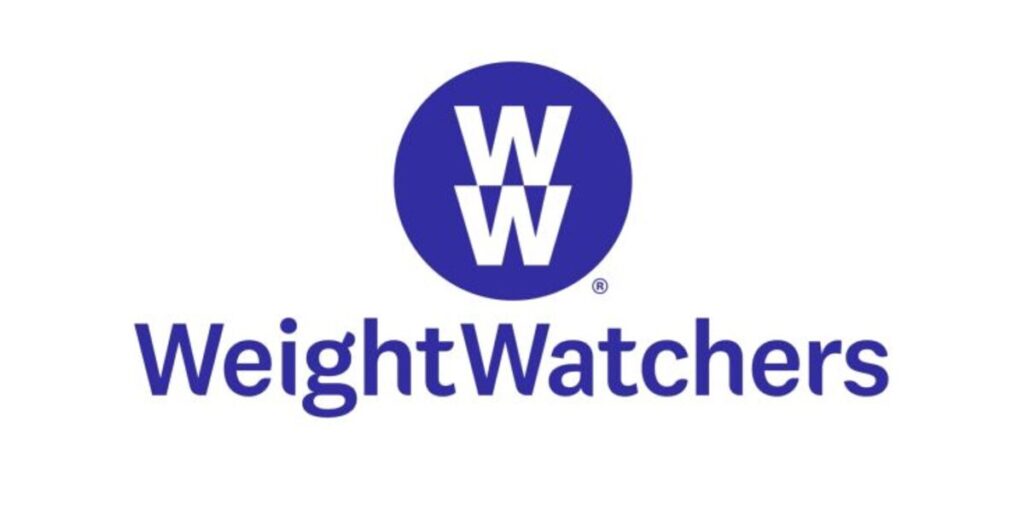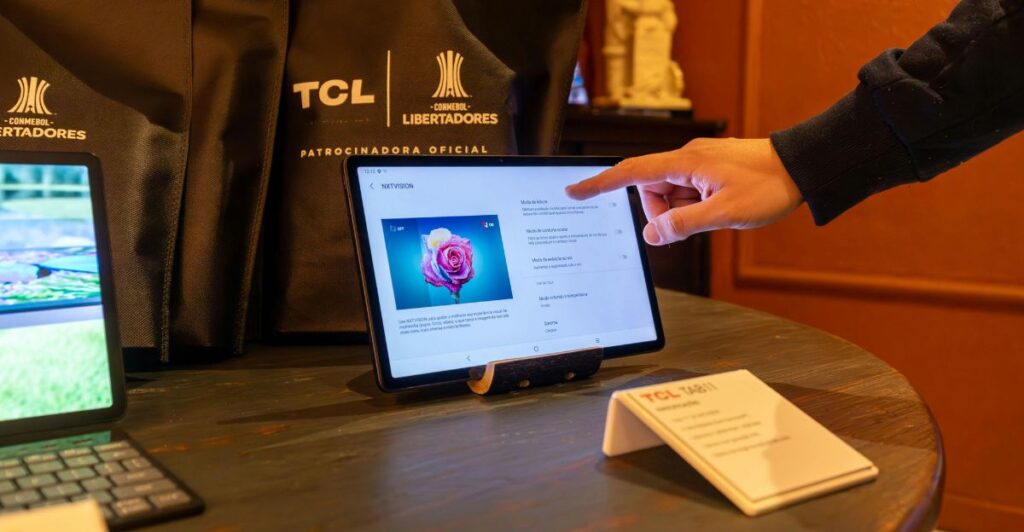
America’s retail and food industries are undergoing a period of significant upheaval, with iconic brands filing for bankruptcy amid changing consumer habits and economic pressures taking their toll.
While sectors like beauty and wellness have thrived during the pandemic, due to human nature’s focus on appearance and health, traditional retail food brands face challenges from inflation, changing preferences, and new medical weight-loss options.
This article explores the bankruptcy of an iconic American retail food brand, the rise of telehealth in weight management, and the broader context of retail and restaurant bankruptcies in 2024 and 2025.
The Resilience of Beauty and Wellness Industries

Despite economic hardships and inflation during the pandemic lockdowns, consumers continued to spend on apparel and beauty products. The trend is rooted in human nature’s instinct to feel and look good, and that’s why the beauty and wellness industries continue to thrive.
Even as people cut back on other discretionary spending, they prioritized self-care, fitness, and healthy habits. This consumer behaviour contrasts with struggles in other retail sectors, highlighting the importance of emotional and physical well-being as a driver of spending.
Weight Management Industry Faces Disruption

The weight-loss and wellness industry, once considered recession-proof, is now facing disruption due to the availability of GLP-1 drugs like Ozempic and Wegovy. These medications offer a faster and easier way for dieters to lose weight compared to traditional diet and nutrition programs.
As a result, companies that relied on behavioral weight-loss approaches are losing customers who prefer medical interventions. This shift challenges the traditional business models of weight management companies.
WeightWatchers Files for Bankruptcy

WeightWatchers, a pioneer in weight management with its points-based system and frozen meals, filed for Chapter 11 bankruptcy on May 6, 2025. The company struggled to compete with the rise of prescription weight-loss drugs despite pivoting to telehealth services for accessing these medications.
The bankruptcy is intended to reduce $1.15 billion in debt and allow WeightWatchers to invest in digital innovation and expand its telehealth business while continuing operations without disruption.
WeightWatchers’ Strategic Makeover

WeightWatchers’ CEO Tara Comonte emphasized the company’s resilience over 62 years and its commitment to innovation and member support. The bankruptcy filing is part of a strategy to bolster financial health, improve member experience, and adapt to the evolving weight management landscape.
The company aims to maintain its leadership by integrating medical weight-loss options with traditional support programs, although the long-term viability remains uncertain given consumer shifts.
The Role of Digital Tools in Weight Loss Programs

WeightWatchers’ 2025 strategy exemplifies the integration of digital tools into weight management. The new program offers a revised points system, enhanced mobile app capabilities, and robust community support, all designed to make weight loss more sustainable and engaging.
These digital enhancements help members track progress, access resources, and stay motivated throughout their journey.
Broader Retail and Restaurant Bankruptcies in 2024-2025

Inflation, shifts in consumer behavior, and challenges in the supply chain have led to a wave of bankruptcies and store closures in the retail and restaurant industries. Notable bankruptcies include restaurant chains like Red Lobster, Hooters, and Bar Louie, as well as retailers like Big Lots and Joann.
The trends were further accelerated by the pandemic, which drove consumer preference toward online shopping and value-based purchasing, forcing brick-and-mortar stores to either adapt or shut down.
Impact of Bankruptcy Trends

That sudden wave of bankruptcies among iconic food brands and restaurant chains in 2024 and 2025 reflects deeper structural changes in the industry. High interest rates, inflation, and evolving consumer habits force companies to reevaluate their business models.
Those who don’t adjust will be left behind, whilst those who embrace technology, value, and customer focus will thrive in the new retail era.
Shifting Brand Loyalty and the Rise of Private Labels

Perhaps the most astonishing move in retail food is the decline of traditional brand loyalty in favor of private-label products. As inflation persists, 35% of consumers switched from national products to more affordable store brands, signaling a major realignment in shopping priorities.
This trend challenges legacy food brands to compete not only on price but also on perceived value and innovation.
Artificial Intelligence Reshapes Grocery Retail

Artificial Intelligence (AI) will become a cornerstone of grocery retail strategy in 2025. With AI, retailers can now price things more effectively, forecast demand, and provide personalized promotions, creating a more tailored shopping experience.
These technologies help stores to manage inventory efficiently and respond quickly to changing consumer preferences, offering a competitive edge in a crowded marketplace.
Economic Pressures and Consumer Behavior

Rising inflation and economic uncertainty have forced consumers to cut back on discretionary spending, impacting retailers and restaurants. Many consumers are dining out less and seeking cheaper and more convenient options.
Labor costs and supply chain disruptions further strain businesses. These factors, combined with high interest rates, have hurt companies prioritizing growth over profitability, leading to a surge in bankruptcies and store closures.
Supply Chain Modernization as a Survival Strategy

Retailers are responding to these challenges by strengthening supply chains to ensure inventory availability and customer satisfaction. The pandemic highlighted the need for end-to-end visibility and analytics in supply chain operations.
Retailers that invest in modernization and technology to improve efficiency and reduce costs are better positioned to survive the difficult retail environment.
Personalization and Enhanced In-Store Experiences

To differentiate themselves from online competitors, brick-and-mortar retailers are investing in personalized in-store experiences. These include curated product recommendations, interactive product displays, and customer loyalty programs that leverage customer data to deliver targeted offers.
Such initiatives aim to foster deeper emotional connections with shoppers, encouraging repeat visits and higher spending.
The Acceleration of Omnichannel Shopping

Consumers now expect seamless integration between online and in-store shopping. Retailers that provide versatile omnichannel options – such as buy online, pick up in-store (BOPIS), same-day delivery, and hassle-free returns – are better positioned to capture market share.
Increasing digital immersion is redefining how consumers interact with food brands, making convenience a top priority.
Labor Management and Workforce Innovation

Food retailers are reevaluating their labor strategies in the face of increasing costs and workforce shortages. Companies are using data analytics to predict staffing needs, cross-training employees for greater flexibility, and adopting gig-like shift work models.
These efforts help control costs while maintaining service quality and employee satisfaction, which are critical in a tight labor market.
Earned Wage Access as a Retention Tool

Earned wage access (EWA) is emerging as a game-changer for employee retention in retail. By enabling employees to access part of their earned wages on demand — before the standard pay day — retailers can lessen financial pressure and boost morale.
This benefit has become a differentiator in attracting and retaining frontline staff in a competitive employment environment.
The Rise of Telehealth in Weight Management

WeightWatchers’ move into telehealth reflects a broad trend in the weight-loss industry, where digital health services offer more convenient access to prescription medications.
This shift allows companies to remain relevant by combining traditional support with medical interventions. However, the success of this model depends on consumer acceptance and the ability to compete with purely pharmaceutical approaches.
Comprehensive Telehealth Weight Management Programs

Telehealth platforms such as Found and Teladoc Health are pioneering comprehensive weight management programs that combine prescription medications with lifestyle coaching and digital tools.
These programs are heralded as promising. Personalized care, continued support, and virtual access to medical professionals make weight loss support more accessible and effective for diverse populations.
Retailers’ Reengineering Cost Structures

Facing persistent cost pressures, food retailers are renegotiating supplier contracts, fine-tuning inventory management, and adopting long-term strategies for financial resilience.
These strategies go beyond short-term fixes, aiming to create agile organizations that can withstand future economic shocks and shifting market conditions.
The Future of Retail and Wellness Sectors

The retail industry is expected to continue evolving, with winners being those who adapt to new consumer preferences and leverage technology. While some sectors like beauty and wellness maintain strong demand, traditional retail food brands and restaurants face ongoing headwinds.
Companies that innovate in customer experience, digital offerings, and supply chain management will be better equipped to navigate these challenges.
Discover more trending stories and Follow us to keep inspiration flowing to your feed!

Craving more home and lifestyle inspiration? Hit Follow to keep the creativity flowing, and let us know your thoughts in the comments below!
